Nice. The world needs more hex keyboards!
I used to have two Type Matrix boards long time ago. It got me into thinking about more ergonomic layouts and taught me first Dvorak and later Colemak. I agree with others' comments about poor longevity. I also find that it's not a very ergonomic layout in hindsight.
Learning how to clone this layout in a custom mechanical keyboard is like jumping into the deep end. There may be other ways. E.g. get an XD75 or ID75 and make a layout that's "close enough". That takes PCB design and lots of firmware hacking out of the equation. But you'd still learn about different switches, layers, thumb keys, maybe home-row-mods if you want and ease you into more possibilities of firmware hacking. You may find a more ergonomic or efficient layout than the Type Matrix that way, as well.
Pink switches are very light. I bottom out pretty hard, so they're probably wasted on me. It makes a nice percussive sound in the wooden case, though. But I do find them quite usable with these sculpted keys. I didn't like them on a Cantor with MBK key caps as it was too easy to actuate two keys at once by accident.
For me, Pro Red is probably the sweet spot for light linear switches.
Thank you for the reference. I just watched the movie for the first time. I mean I was going for an organic looking shape with these keycaps, but maybe I succeeded a bit more than I intended. I should make a "special" version for Halloween.
The title picture and the first picture in my post both show them installed. Here is a direct link to the title picture.
IME, to use git effectively, and make sense of the man-pages, you have to know a lot of the internals of how git works. I found it helpful to read "Git from the bottom up" when I had to start using it professionally: https://jwiegley.github.io/git-from-the-bottom-up/
With the right key mapping the hex grid naturally leads to hand rotation and column stagger. It also takes "1u distance from home" literally because there are no diagonal keys for the index fingers and pinkies that are 1.4u away. It allows keys to rotate in 60° steps rather than 90° steps. That allows for some interesting ways to exploit tilted key cap profiles.
I may ask the opposite: why squares? That's just as arbitrary, if you think about it. I learned typing on a mechanical typewriter that had round keys.
I fell into this rabbit hole when looking into all the options available when ordering an Ergodox EZ. I discovered the Iris keyboard and really liked its compact shape. I ended up not placing the order for that Ergodox and built myself an Iris v4 instead.
Iris turned out to be a good way to ease myself into the world of DIY split ergo boards. It's affordable, easy to assemble and has enough keys to ease the transition from full sized keyboards. It's a good starting point for experimenting with layers and other features that eventually may lead you to 40% or smaller layouts.
The little holes are for the LEDs to shine through because I wasn't sure how opaque the 3D printed material would be. Turns out that the holes are probably not needed.
My layout for v0.2 is here (I'm using the Colemak version): https://github.com/fxkuehl/qmk_firmware/blob/mantis-v0.2/keyboards/mantis/keymaps/default/keymap.c
Check out lowprokb.ca. Their excellent sunset switches are on sale right now. They have other choc switches, too. And they ship from Canada.
I find it easier to maintain two layouts (QWERTY and Colemak DH) if I use them on physically different keyboards. QWERTY on standard row-staggered, Colemak on ergo keyboards. When I was mixing both layouts on standard keyboards, I found it harder to switch and made more mistakes.







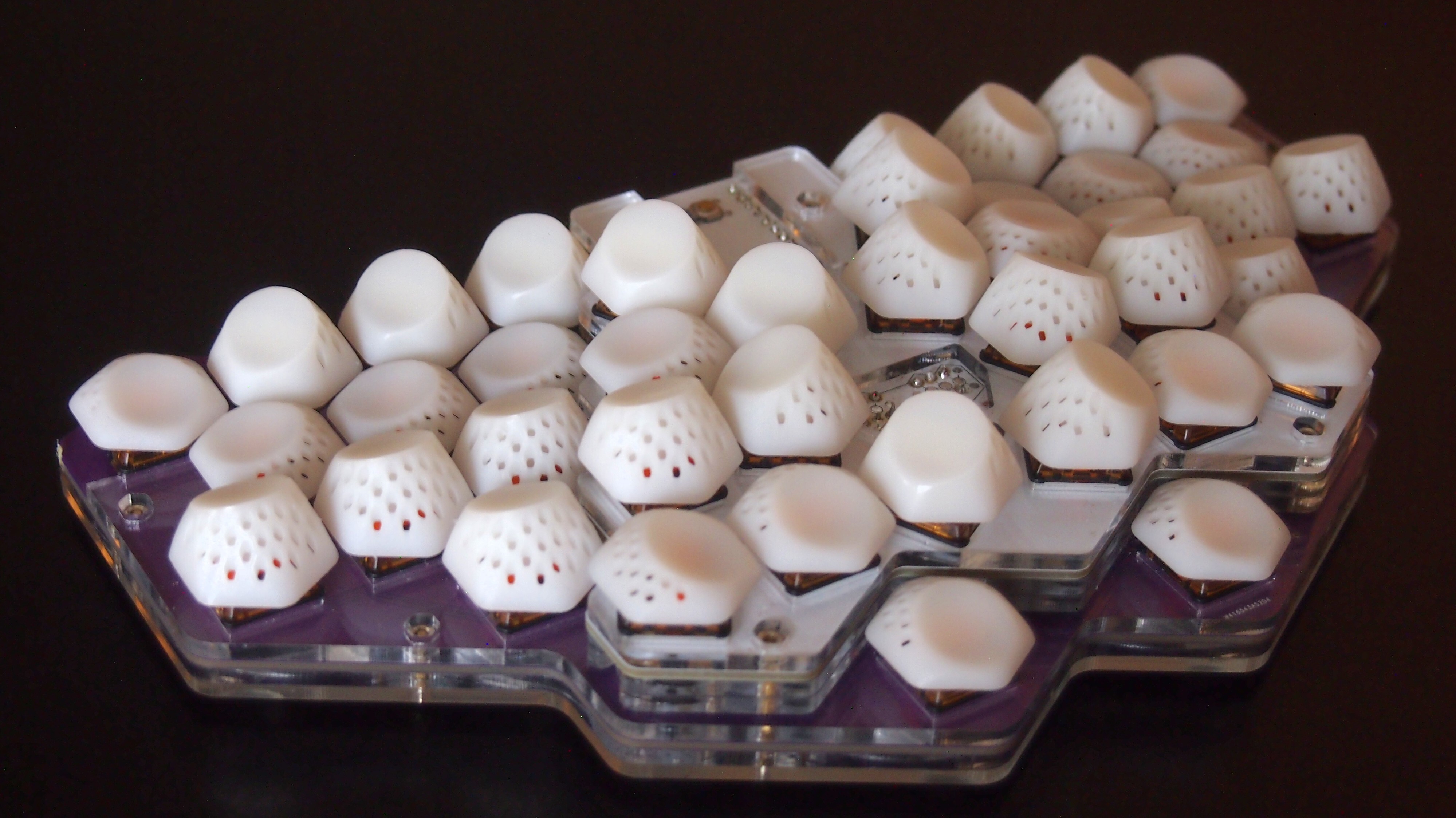

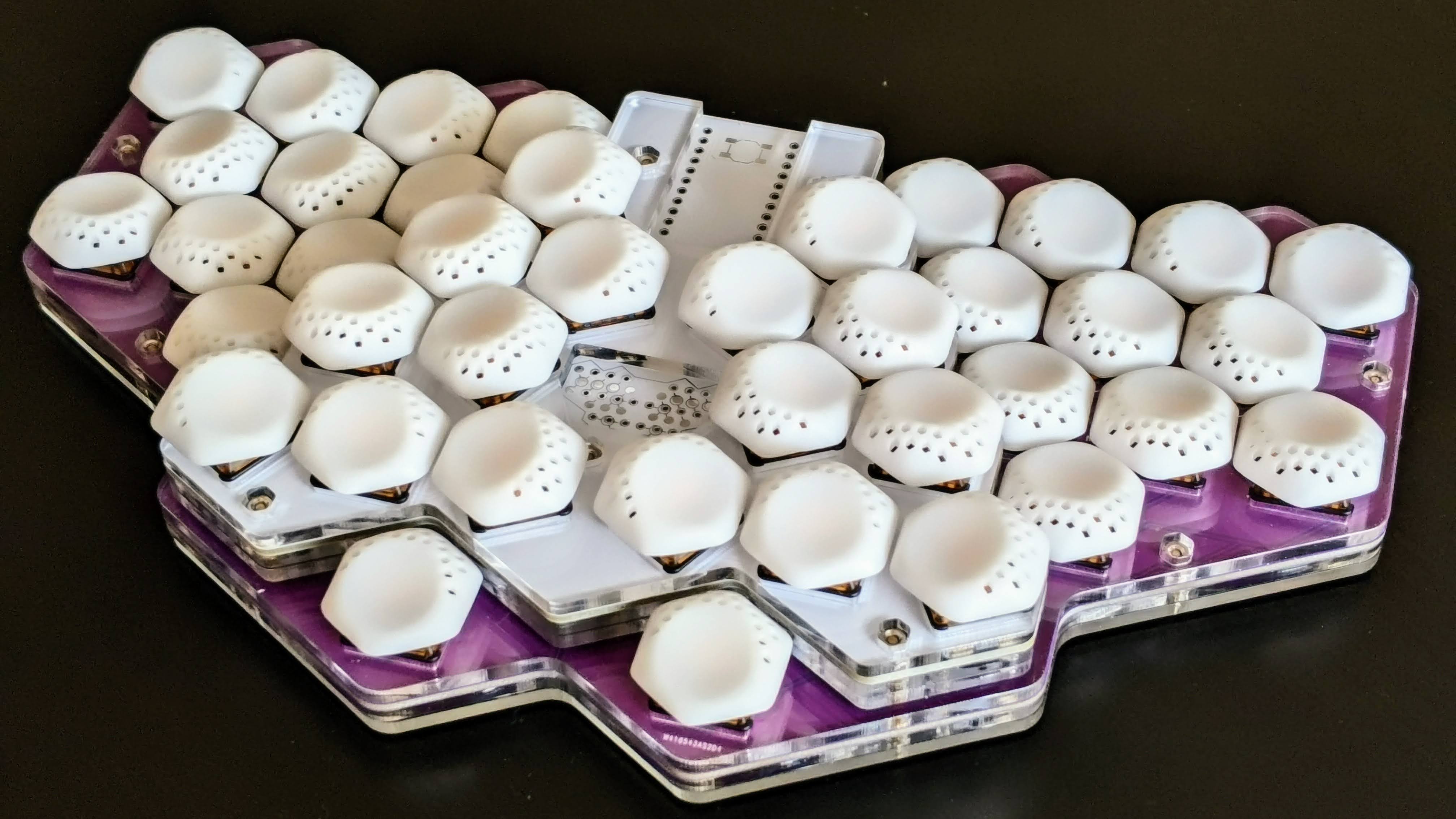
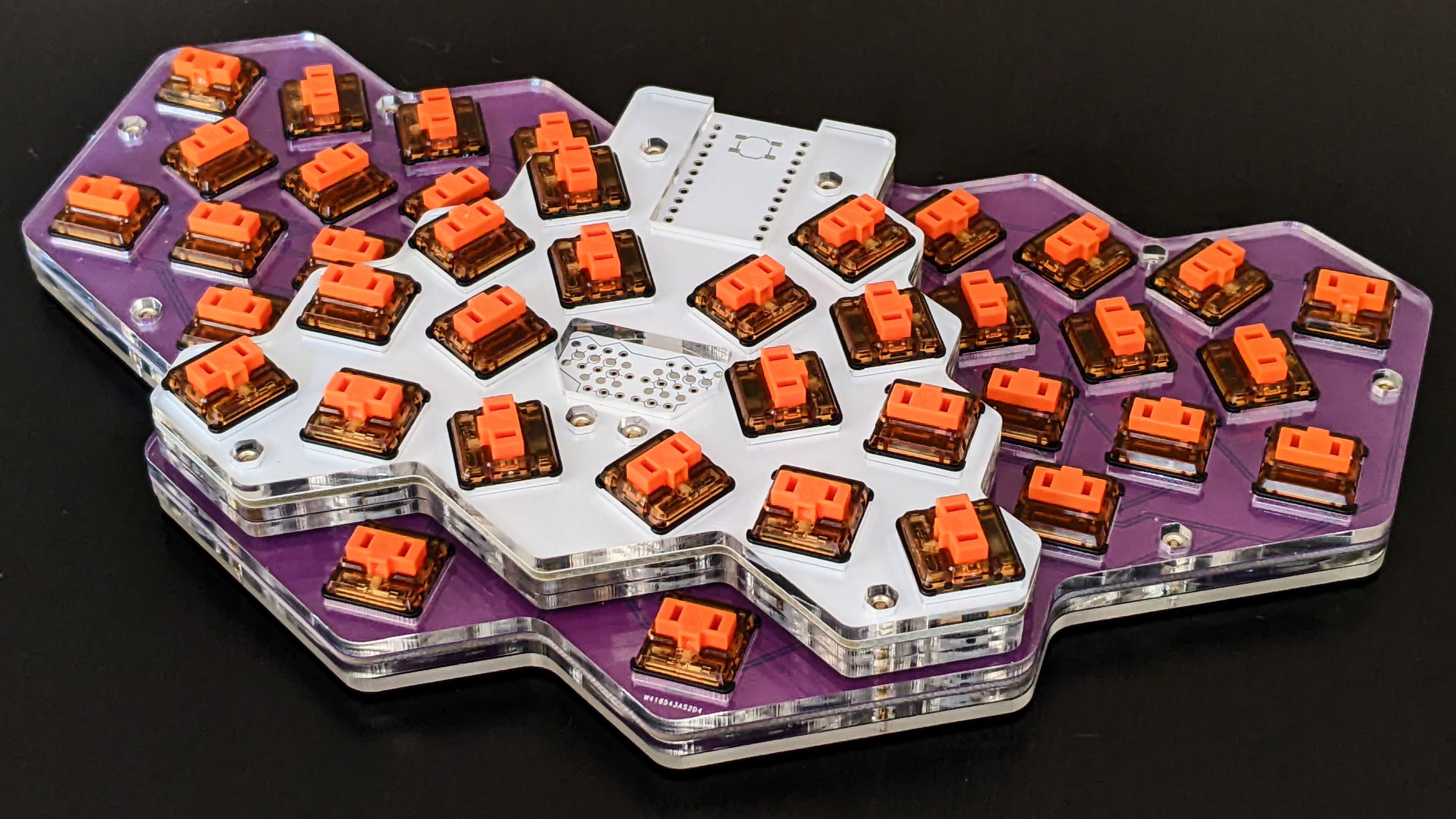
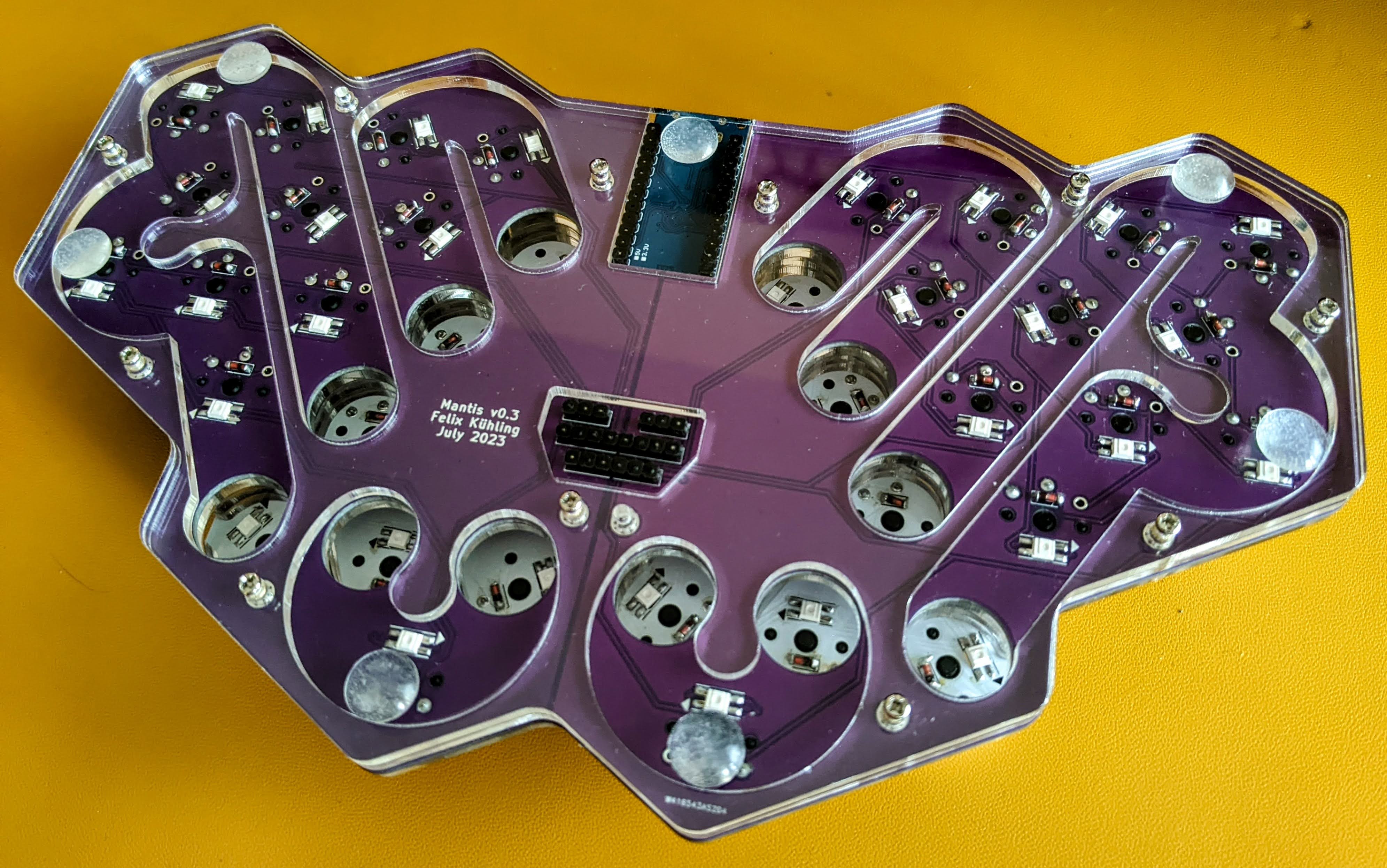
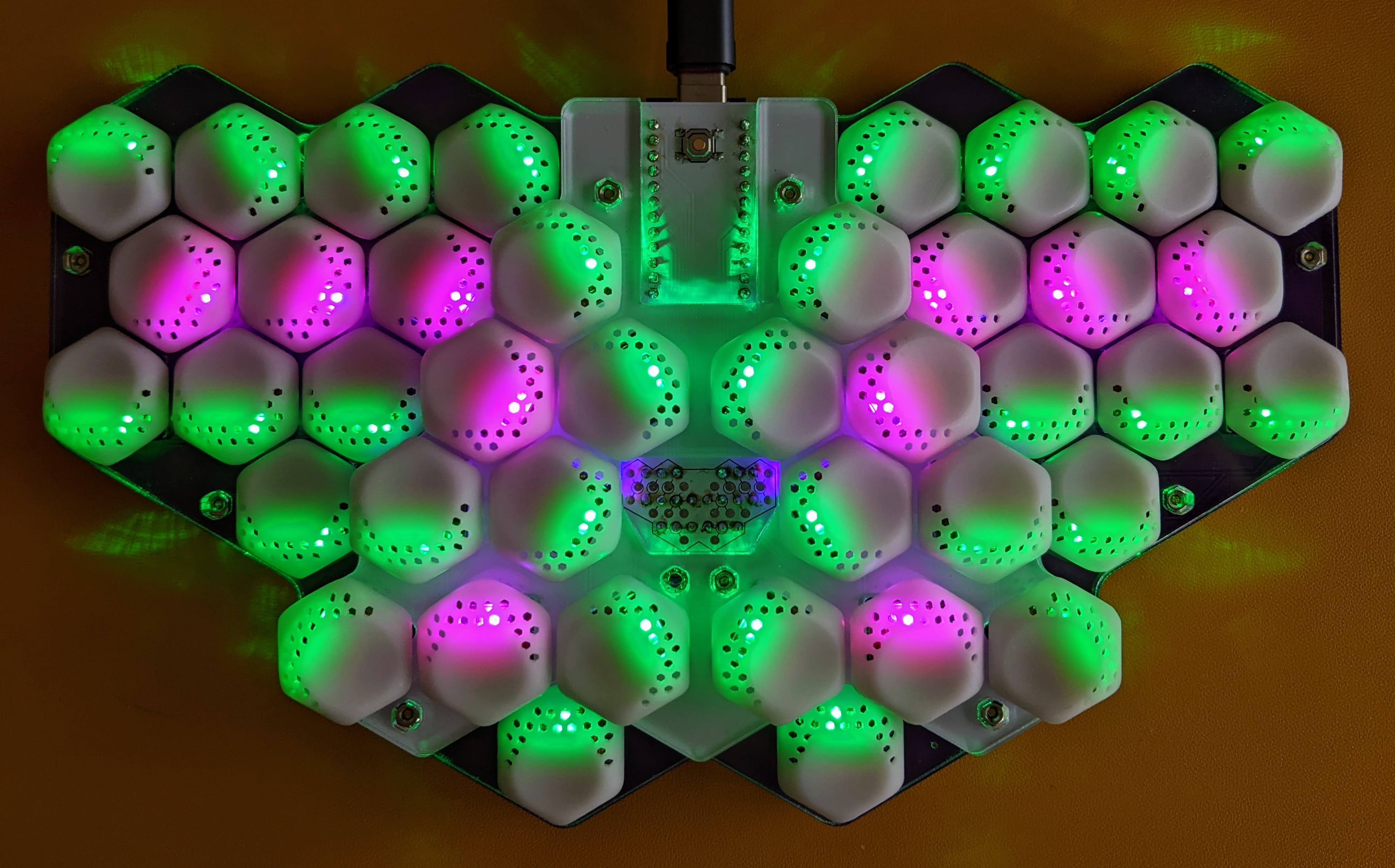
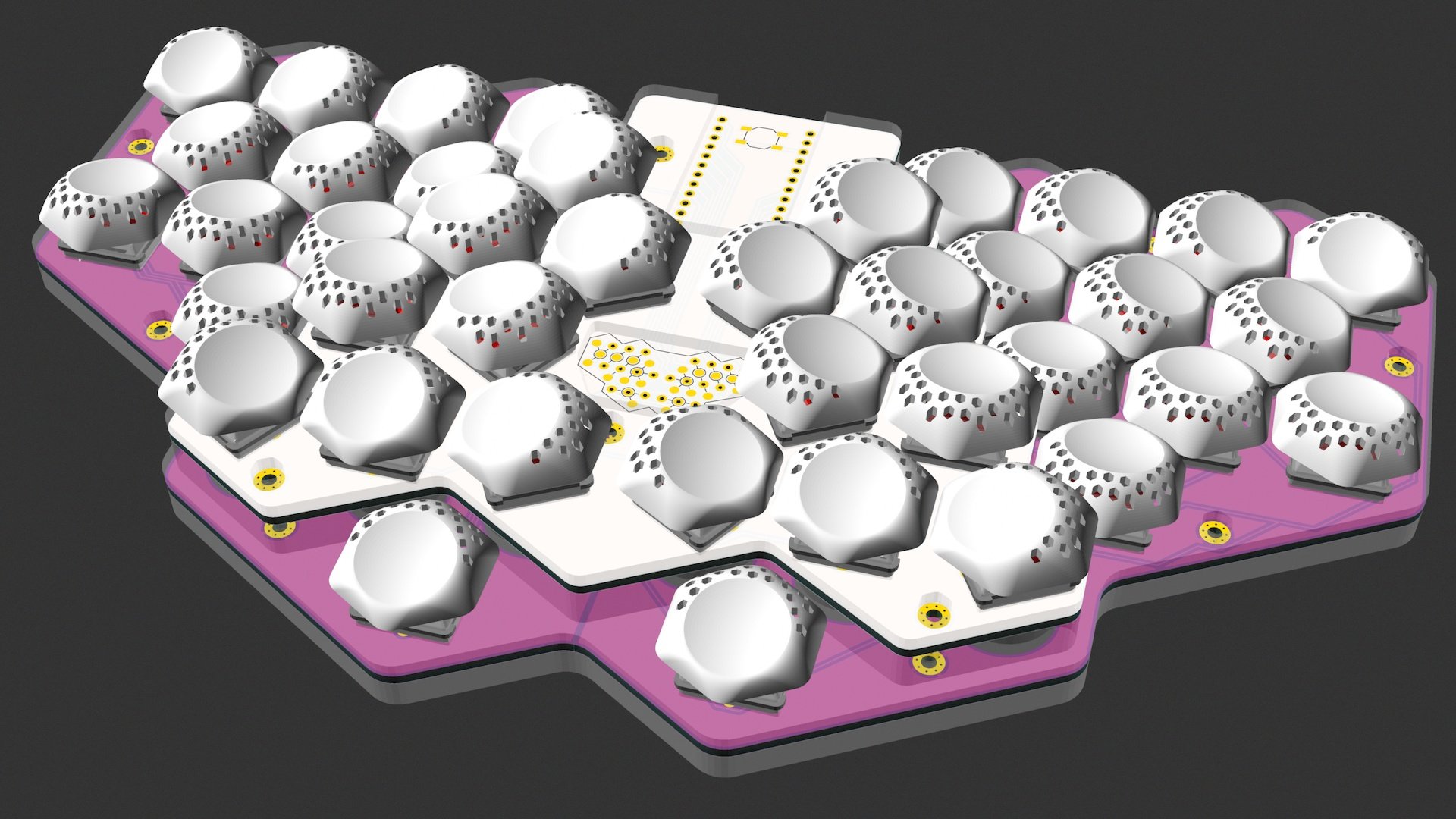
The "half-swept" version of Sweep does that already: https://github.com/davidphilipbarr/Sweep/tree/main/Sweep%20half-swept
The easiest way to make the board flippable if to mount the controller upside-down on one side. Half-swept uses solder jumpers for all the pads of the controller footprint, which does basically the same thing as flipping the controller.